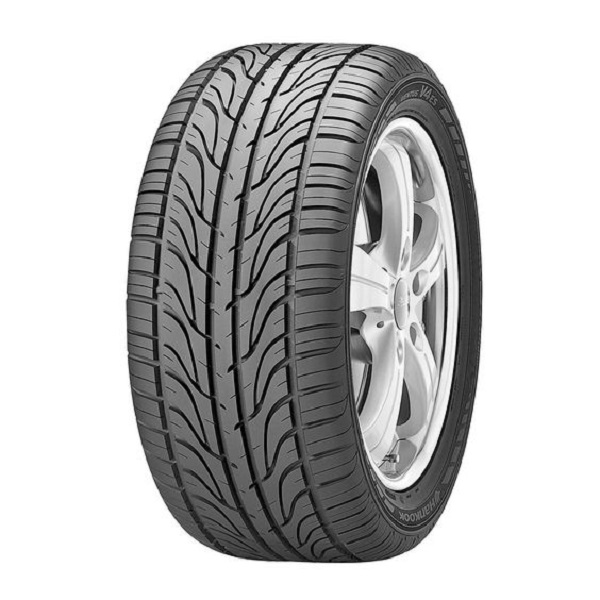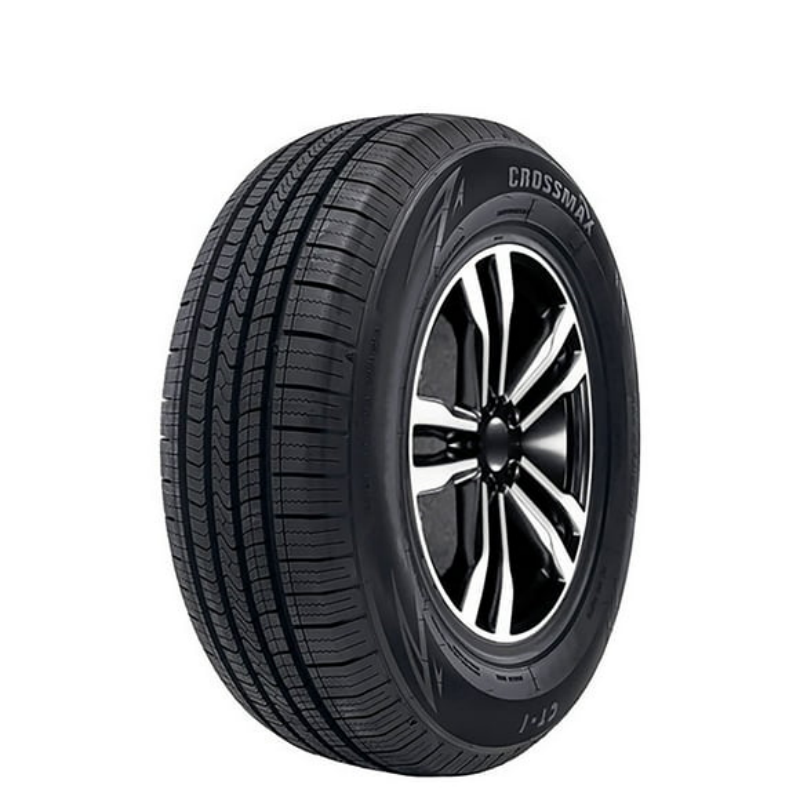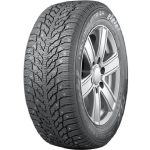Maintaining the correct tire pressure is a critical aspect of vehicle ownership. Knowing how to inflate car tires not only ensures your safety on the road but also enhances your vehicle’s performance and extends the life of your tires. Under-inflated tires can lead to reduced fuel efficiency, increased tire wear, and even dangerous blowouts. Conversely, over-inflated tires can compromise traction and handling. Surprisingly, many drivers overlook this crucial task, often unsure about how to handle it. Fortunately, inflating car tires is a straightforward process that anyone can master. In this article, we will provide comprehensive guidance tailored to both novices and seasoned car owners. We’ll cover everything from the tools you’ll need to how to check the pressure accurately, so you can drive safely and efficiently.

Understanding Tire Pressure
Before diving into the practical steps on how to inflate car tires, it is essential to understand what tire pressure is and why it matters. Tire pressure is essentially the amount of air held within your tires, measured in pounds per square inch (PSI). Each vehicle has a recommended PSI, which can typically be found on a sticker inside the driver’s door or in the owner’s manual. Maintaining the correct tire pressure is crucial for optimal vehicle performance. Under-inflated tires can cause increased rolling resistance, leading to poor fuel economy and higher wear rates. Over-inflated tires, on the other hand, can make the car ride harsh and may lead to blowouts. The right tire pressure not only enhances fuel efficiency but also improves handling and braking.
Tools You Will Need
To learn how to inflate car tires effectively, it’s important to equip yourself with the right tools. Here’s a list of essential items:
- Tire Pressure Gauge: A device that measures the current pressure of your tires. Digital gauges provide easy-to-read results, while stick-type gauges can be equally effective.
- Air Compressor: A portable or stationary air compressor is necessary for inflating tires. Many gas stations also have air compressors available for public use.
- Valve Stem Cap Remover (optional): Depending on the type of valve on your tire, you may need this tool to remove the valve cap easily.
- Tire Repair Kit (optional): While not required for inflation, having a tire repair kit can be helpful in case you discover leaks or punctures while checking your tires.
- Water (optional): For added safety, you might consider using soapy water to check for leaks. This can help identify punctures that might not be visible.
Checking the Tire Pressure
Knowing how to inflate car tires begins with checking the current pressure. Here’s a step-by-step guide on how to check your tire pressure accurately:
- Wait for Cold Tires: For the most accurate reading, check your tire pressure when the tires are cold, meaning the vehicle has been sitting for a few hours without driving. Driving heats up the tires and can lead to an inflated pressure reading.
- Remove the Valve Stem Cap: Unscrew the valve cap from the tire. Store it in a safe place to prevent losing it.
- Use the Tire Pressure Gauge: Press the gauge firmly onto the valve stem. You should hear a brief hissing sound as air escapes for a fraction of a second. When the sound stops, read the pressure on the gauge.
- Compare with Recommended PSI: Check the reading against the recommended PSI. If the pressure is below the recommended level, it’s time to inflate.
- Repeat for All Tires: Repeat these steps for all four tires, including the spare tire if applicable.

How to Inflate Car Tires
Once you know the current tire pressure, the next step is to learn how to inflate car tires. Follow these steps for safe and efficient inflation:
- Prepare the Air Compressor: If you’re using a portable air compressor, ensure it’s plugged in and set up in a stable position. If you’re at a gas station, check that the compressor is operational.
- Attach the Air Hose: Insert the air hose nozzle onto the valve stem and press down until it creates a seal. You may hear air flowing into the tire.
- Inflate to Desired PSI: Monitor the tire pressure gauge frequently while inflating to avoid over-inflation. If the compressor has a built-in gauge, use it to ensure accuracy.
- Check Pressure Regularly: After a few seconds, detach the air hose and quickly check the tire pressure again using your tire pressure gauge. Continue inflating until you reach the recommended PSI.
- Replace the Valve Cap: Once you’ve reached the ideal tire pressure, screw the valve stem cap back on securely to prevent air loss.
- Repeat for Other Tires: Move on to the other tires, repeating the same process.
Common Mistakes to Avoid
While learning how to inflate car tires may seem straightforward, several common mistakes can lead to issues down the line. Here are some pitfalls to watch out for:
- Inflating Without Checking: Always check the pressure before inflating. It’s easy to assume tires are low if they look flat, but a simple gauge check can save you from unnecessary over-inflation.
- Neglecting the Spare Tire: Many drivers often forget about the spare tire. Ensure you check and inflate it regularly as well, so it’s ready when you need it.
- Over-Inflation: This is a common mistake and can be dangerous. Always aim for the manufacturer’s recommended PSI to maintain safety and efficiency.
- Ignoring Wear and Tear: If you frequently need to inflate your tires, it might indicate a leak or puncture. Regularly inspect for wear, damage, or objects lodged in the tread.
- Using High Pressure in Cold Weather: Tire pressure decreases with cold temperatures; thus, just because your tires were at the correct PSI in summer doesn’t mean they are safe in winter. Always check regularly during seasonal changes.
Maintaining Your Tires After Inflation
Once you’ve mastered how to inflate car tires, prolonging their lifespan through proper maintenance is vital. Here are some tips to keep your tires in top condition:
- Regular Inspections: Periodically check your tires for uneven wear, bulges, or cracks. Early detection can prevent more serious issues.
- Rotate Tires Often: Regular tire rotation helps ensure even wear across all tires. Follow the manufacturer’s guidelines for rotation intervals.
- Balance and Align Your Tires: Misalignment can lead to uneven wear, affecting handling and safety. If you notice your vehicle pulling to one side, have it checked for alignment.
- Monitor Tread Depth: Use the penny test or a tread depth gauge to check the remaining tread on your tires. Replace them if they’ve worn down significantly.
- Store Tires Properly: If you swap out seasonal tires, store them in a cool, dry place away from direct sunlight. This helps prevent premature deterioration.

Conclusion
Learning how to inflate car tires is a fundamental skill for every vehicle owner. Properly inflated tires enhance safety, improve fuel efficiency, and deliver a smoother driving experience. Understanding the right pressure, using the appropriate tools, and executing the inflation process accurately is key to maintaining your vehicle’s performance. By taking the time to check and inflate your tires regularly, you not only extend their lifespan but also ensure a safer journey for everyone on the road. Regular tire maintenance, including checks and adjustments, can save you time, money, and potential accidents in the long run. So take the time to familiarize yourself with this useful skill. It is not only empowering but is also a vital part of responsible car ownership.


